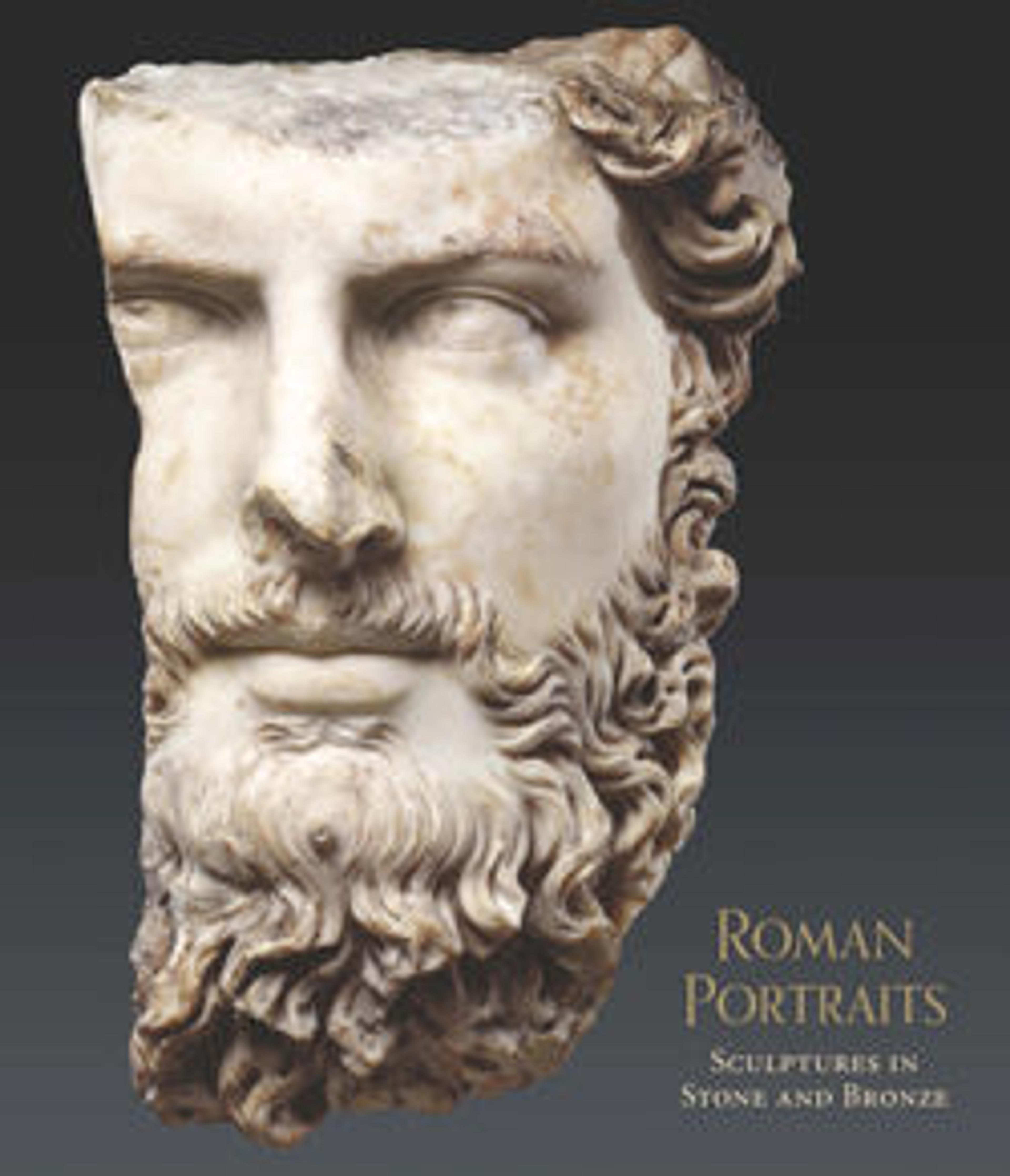Head of Emperor Constans (r. 337–50)
This classically styled, crowned head is probably that of Constans, the youngest of the four sons of Constantine the Great. Constans, a devout Christian, who initially ruled part of the western half of the Empire, gained all the west in 340. He defeated the Franks and was the last emperor to visit Britain. Constans was killed before he was thirty by the usurper Magnentius in 350.
Artwork Details
- Title:Head of Emperor Constans (r. 337–50)
- Date:ca. 337–40
- Culture:Byzantine
- Medium:Marble
- Dimensions:Overall: 10 5/8 x 6 7/8 x 7 3/8 in. (27 x 17.5 x 18.8 cm)
with base: 15 x 6 x 6 in. (38.1 x 15.2 x 15.2 cm)
Base: 4 3/4 x 6 x 6 in. (12.1 x 15.2 x 15.2 cm)
Diameter of Neck: 7 3/8 in. (18.7 cm) - Classification:Sculpture-Vessels
- Credit Line:Rogers Fund, 1967
- Object Number:67.107
- Curatorial Department: Medieval Art and The Cloisters
More Artwork
Research Resources
The Met provides unparalleled resources for research and welcomes an international community of students and scholars. The Met's Open Access API is where creators and researchers can connect to the The Met collection. Open Access data and public domain images are available for unrestricted commercial and noncommercial use without permission or fee.
To request images under copyright and other restrictions, please use this Image Request form.
Feedback
We continue to research and examine historical and cultural context for objects in The Met collection. If you have comments or questions about this object record, please contact us using the form below. The Museum looks forward to receiving your comments.
